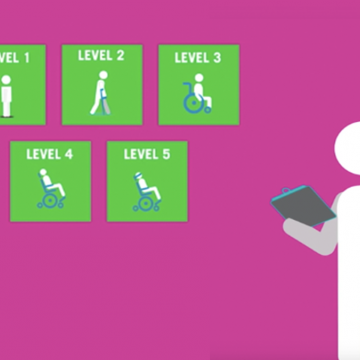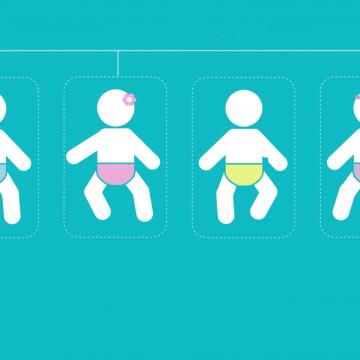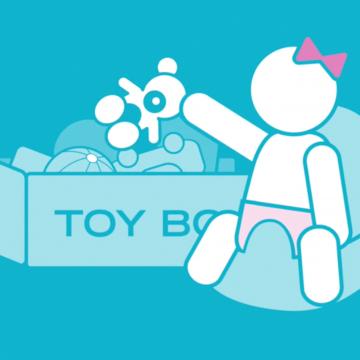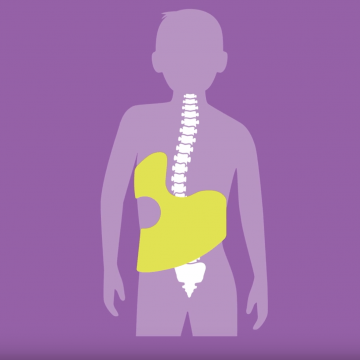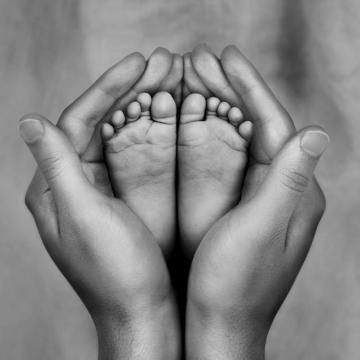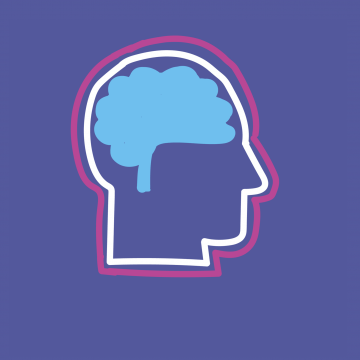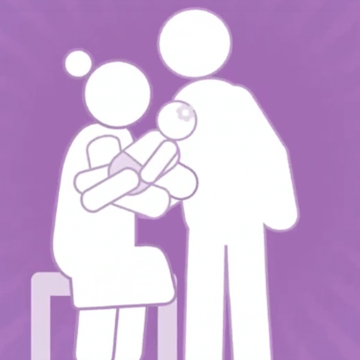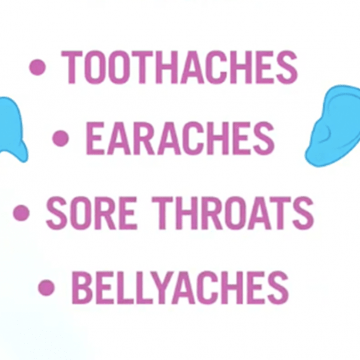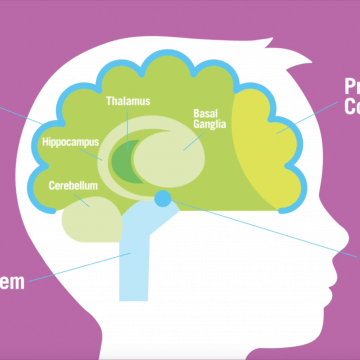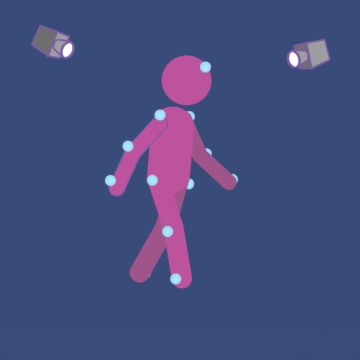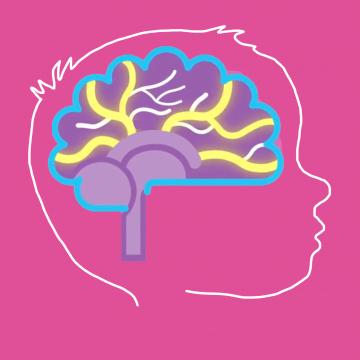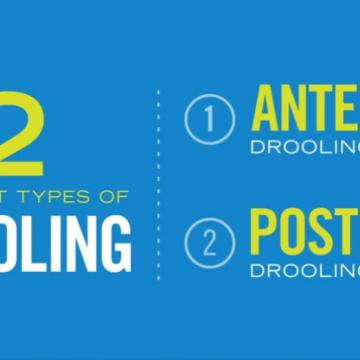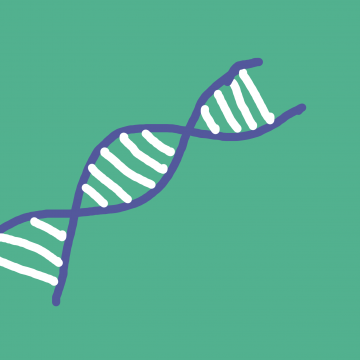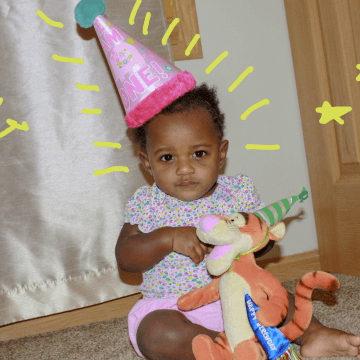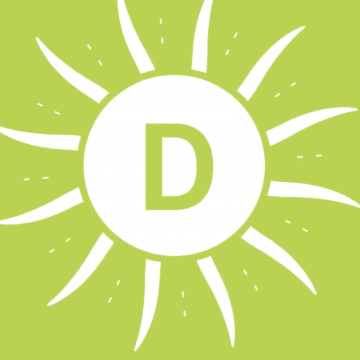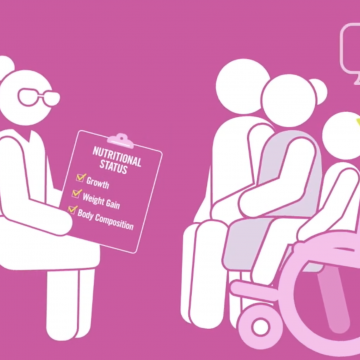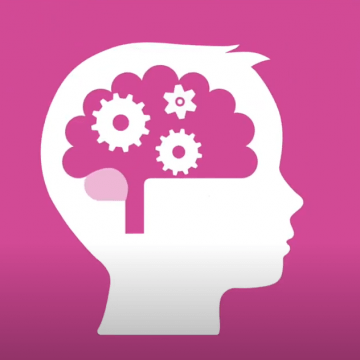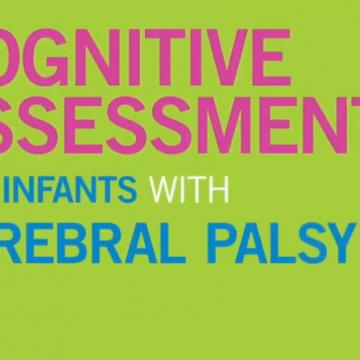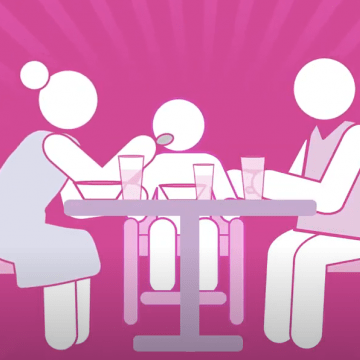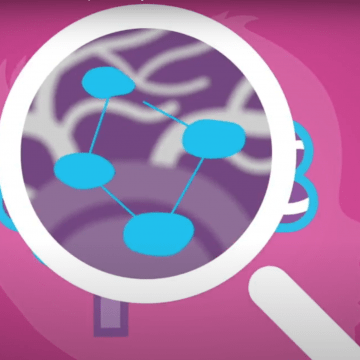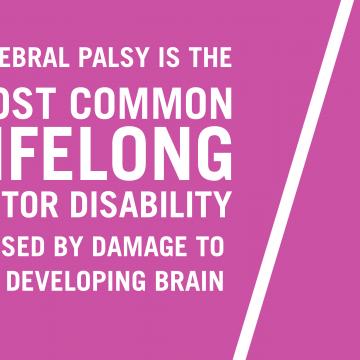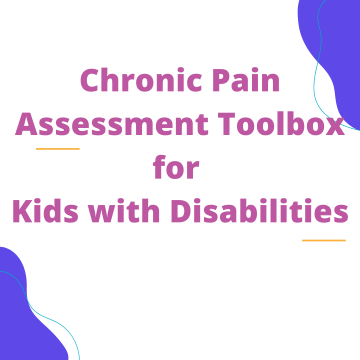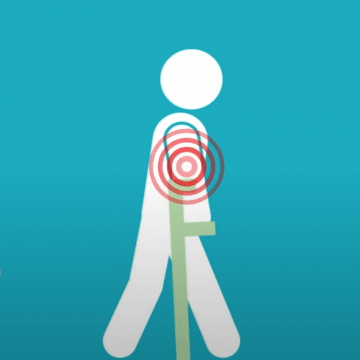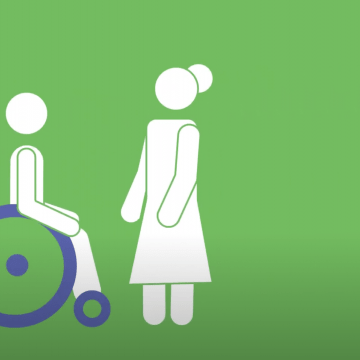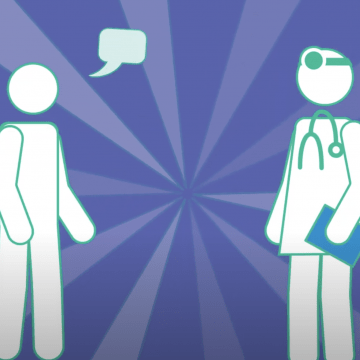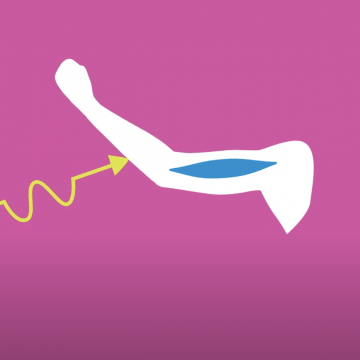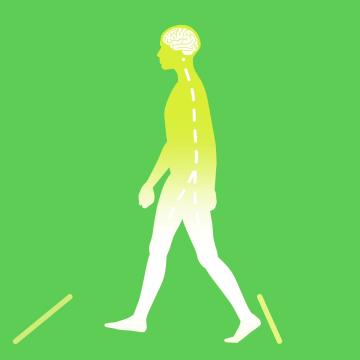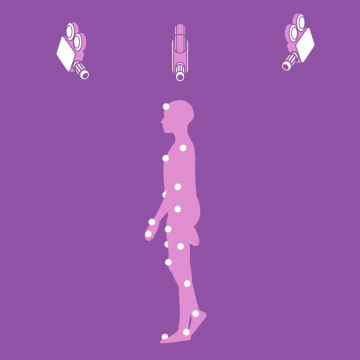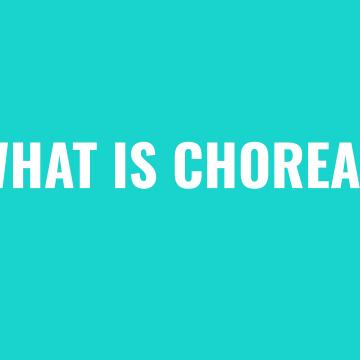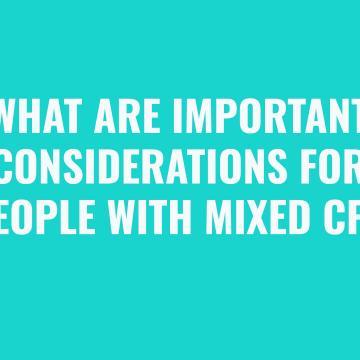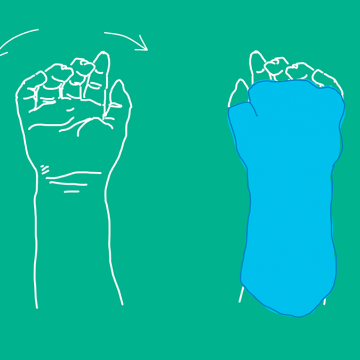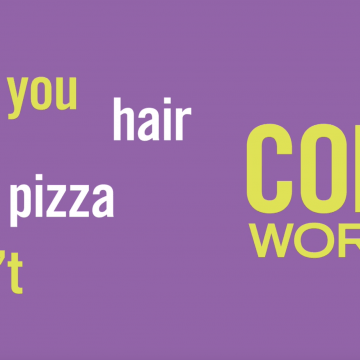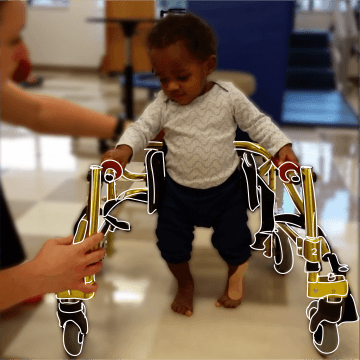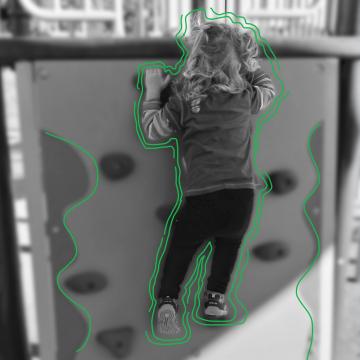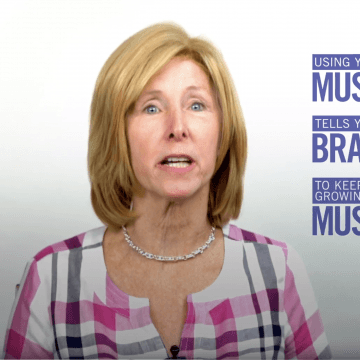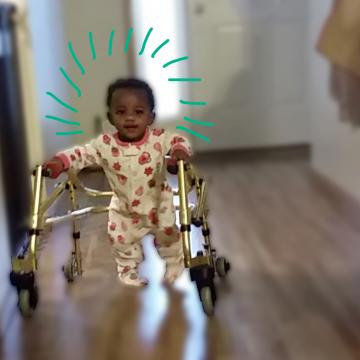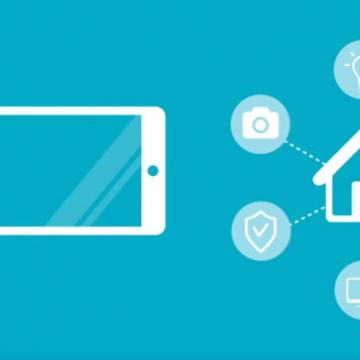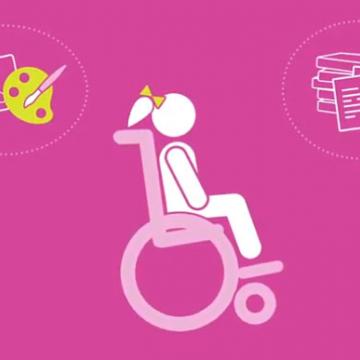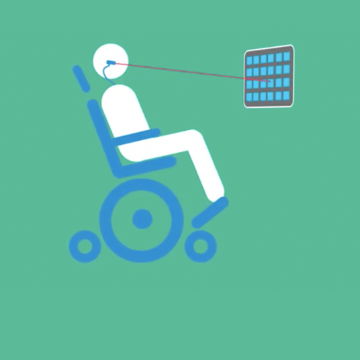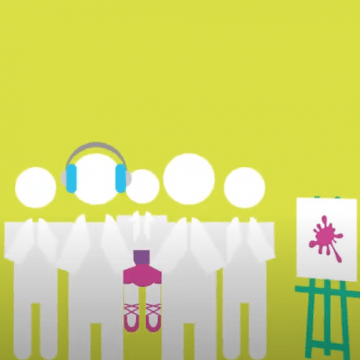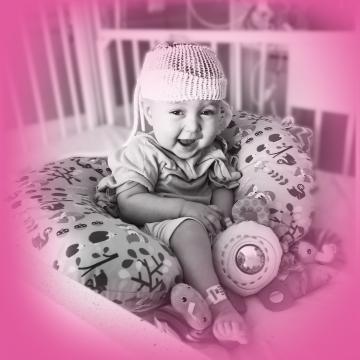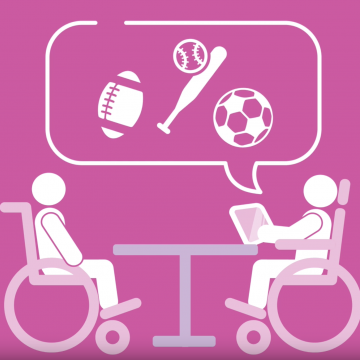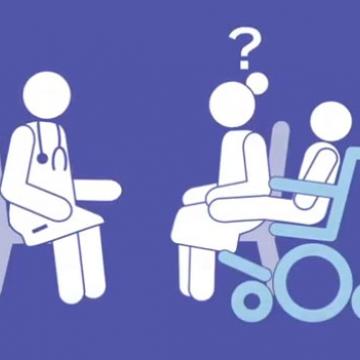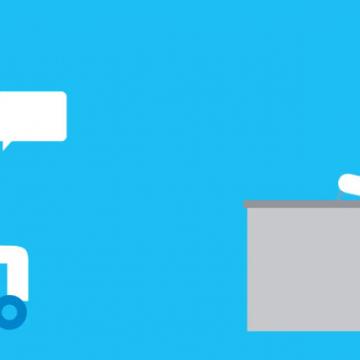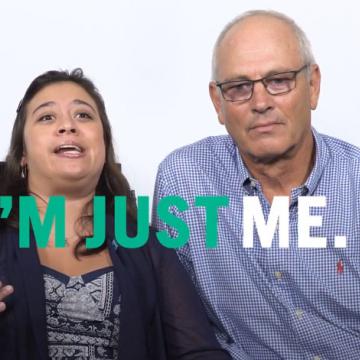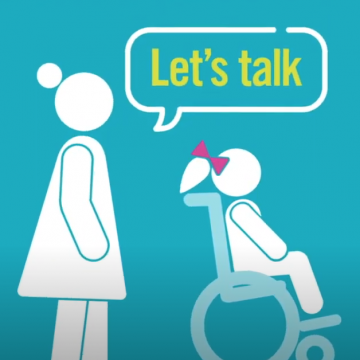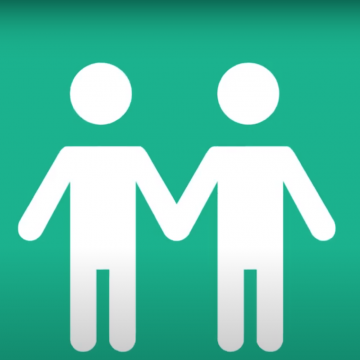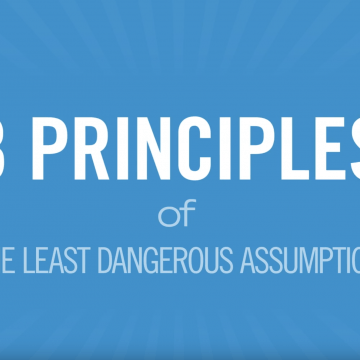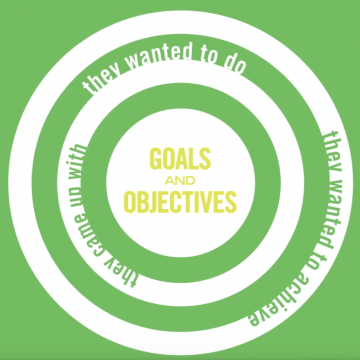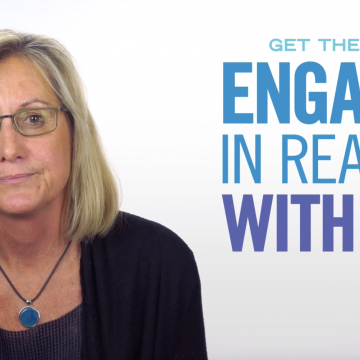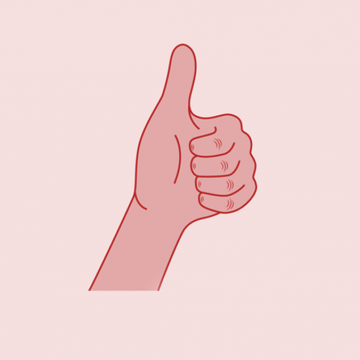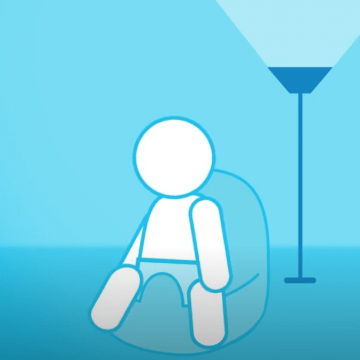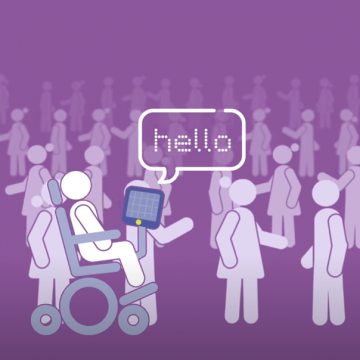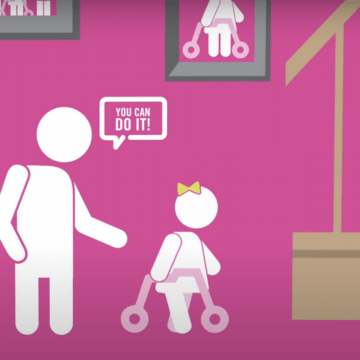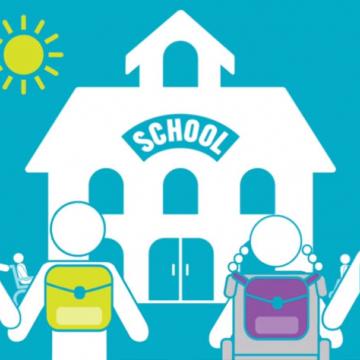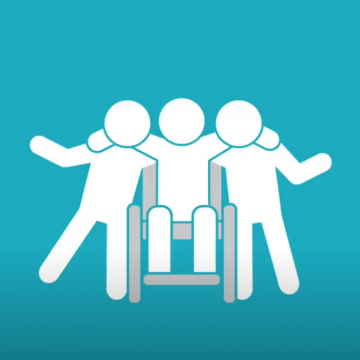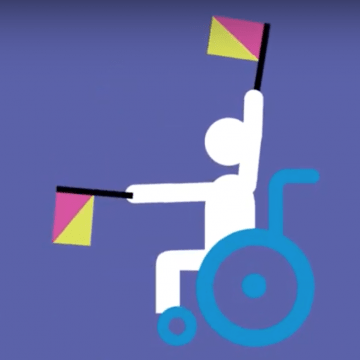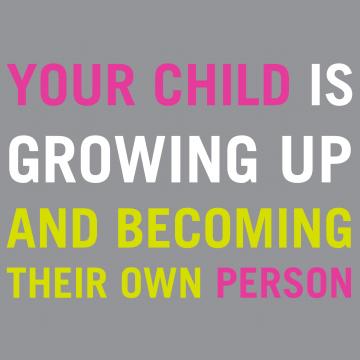
Browse more than 100 of our expert videos in a broad variety of categories ranging from understanding the diagnosis of cerebral palsy to self care, participation or education. Our videos are a great way to get an overview of the issues. Looking for more? We have even more videos located under each of our Topic areas.
-

What is Gross Motor Function Classification System -

Hip Development & Treatment Options -

What is the General Movements Assessment? -

Optimizing Neuroplasticity -

Spine Development & Treatment -

Understanding Hip X-Rays -

How Does Cerebral Palsy Affect The Body? -

Understanding Brain Injury in Cerebral Palsy -

Reasons Your Child May Not Be Sleeping -

Common Causes of Pain -

How Do We Learn? -

What is Spasticity? -

Understanding Gait Analysis & Orthopedic Surgery -

What is Neuroplasticity? -

Causes of Drooling and Different Treatment Options -

Is Cerebral Palsy Genetic? -

How do you Diagnose Cerebral Palsy? -

Muscle Tone & Early Development -

Promoting Bone Health in People with Cerebral Palsy -

Measuring Growth for Children with Cerebral Palsy -

The Neuroscience of Learning -

Preparing for Botulinum Toxin Injections -

Cognitive Assessments for Infants With Cerebral Palsy -

OPD Feeding or Swallowing Difficulties -

Neuroplasticity -

Everyone Experiences Pain Differently -

Botulinum Toxin Top 10 Questions -

What is Cerebral Palsy? -

Pain Assessment Toolbox for Kids with Disabilities -

Understanding pain evaluation in cerebral palsy -

What is Dystonia? -

What is Dyskinesia? -

How Does Spasticity Impact the Body? -

Overview of Neurosurgical Interventions for Global Tone Management -

Why Gait Patterns Matter? Learn More About Bilateral Gait/Diplegia -

Why Do Gait Patterns Matter? Learn More Unilateral Gait/Hemiplegia -

What is Chorea? -

What are Mixed Motor Types of Cerebral Palsy?
-

What is Constraint Induced Movement Therapy? Upper limb therapies and interventions have been well studied in cerebral palsy. Different interventions that have good evidence are Constraint Induced Movement Therapy (CIMT) and Bimanual Therapy. CIMT has been shown to be successful in children with hemiplegic cerebral palsy (CP). CIMT uses a splint to physically constrain the uninvolved arm and encourage them to use the more involved or affected arm. -

-

Goals of Physical Therapy Cerebral palsy is a damage to the developing brain in the motor part of the brain. Individuals with cerebral palsy have problems with weakness and sometimes also involuntary movements. -

Learning To Move And The Goals Of Therapy For a child with CP learning to move, the really important things to remember are that the child should always be active. -

Muscle Development & Early Intervention Cerebral palsy is an injury to the brain, but what we find is that it has a lot of effects on how you use your muscles. -

The Essential Role of Activity in Infancy Exploration for an infant means discovering anything about that environment. If that infant needs an opportunity to be brought to them, that's okay. Let an infant explore through their senses, whether it's touch, or smell, or taste, or sight, or hearing. -

Accessibility Features Many of our products today have accessibility supports in them to the extent where we don't have to purchase anything else. It's already in there. Your phone, your tablet, your smart home devices. If you're going to look for these features on your devices, you can start in your settings. There should be something in there that says accessibility. Go in there, see what's available. The manufacturers have done a really nice job of describing these features right within the settings to give you a sense of what they're going to do. -

Finding Your Passion We all have different towns and we all have different things that we do in the course of the day. It may be that the student is a great artist or a great writer. When it comes to assistive technology we have to think about what is going to give that student the ability to do what they love without having to see roadblocks and go, "I can't do that”. There are so many tools out there, whether it's a communication app, a video app, a math tool. With assistive technology you are not making the student into what you want them to be. -

Let's Get Social Communication isn't just about building words. It's about making an effort so that the student has that self-confidence to be a good communicator, so that we have that one-on-one partnership of communication. -

Spasticity Treatment in Cerebral Palsy Spasticity is usually caused by central nervous system injuries, such as brain injuries or spinal cord injuries. Spasticity is a little different from stiffness. -

Finding Your Voice & The Best Communication System For You When a person is looking for a way to communicate in alternative ways, they need to find something that really works for them. They need to try to find a voice that sounds natural. They want to try to find a way to be efficient. They want to be able to communicate as normally as possible, even though they're not using their biological voice. -

The Arts & Disabilities Too often, people with disabilities are relegated to being passive when it comes to the arts.
-

What Does a Diagnosis of Cerebral Palsy Mean? My name is Nathalie Maitre, I work at Nationwide Children's Hospital. I'm a physician and a researcher -

The Art of Storytelling with AAC Everybody tells stories, and that includes people who use communication systems. To ensure success and the ability to participate we need to make it as easy as possible. So that we can tell stories whenever we want, wherever we want, to whomever we want, and in a really easy way, so we can be successful. -

Depression and Anxiety in Adults With CP One of the things that was identified through research is that patients with cerebral palsy have higher rates of depression and anxiety than you would see in the general population. -

Talking About Sex Up to 50% of adolescents with cerebral palsy have an intellectual disability, as well as a physical disability. Adolescents with intellectual disabilities still need sexual health education, they just need it in a way that's more individualized so that they can understand it and use it. -

Finding Love I spent many years and many hours learning how to make the body work better, how to bring it out of pain. But that's not the human being alone. -

-

Teaching Your Parents One thing that parents can say to start a conversation with their kids is, "Let's talk". -

Siblings I have cerebral palsy spastic diplegia. So it affects my legs and sometimes my fine motor skills. I walk with two canes. I do things a little slower, but I get things done. -

Risky Behavior All adolescents and young adults experience some peer pressure to engage in drinking or other risky behaviors. Adolescents with cerebral palsy engage in risky behaviors just like other teenagers. Some families find it helpful to sign what's called, a Contract for Life, or a Contract for Safety, with their child. The parent agrees not to yell in the moment and to have a conversation about it the next day. That's one way that adolescents and parents can create some zone of safety around drinking.
-

The 3 Principles of Least Dangerous Assumption When you don't have enough evidence about a student's performance, assume they can do whatever you're asking them to do. -

Setting Goals in the Classroom When you're looking at setting goals for kids with complex communication needs, don't forget about setting goals that are about them interacting in the classroom. It's not just about punching buttons. It's not just about saying vocabulary words. It's about talking with people and showing who you are. Some specific goals that you can look at are in four areas. Educational goals, social goals, inclusion goals, and goals and independence. -

What Is The Least Dangerous Assumption? Every educator needs to make a decision about technology they need to put in place. They're not sure if they should put Option A in place or Option B in place. This can be particularly difficult in the world of disabilities because there might not always be a perfect answer. Teachers can look to this solution, using the least dangerous assumption to make good decisions about what technology might be best. -

Supporting Reading for a Child who is Non-Verbal I'm going to be talking about AAC and reading and some different things that you might not think about when you are doing those types of activities. When you're supporting reading for a nonverbal child, whether they use a high-tech system or a light-tech system, like a paperboard, you want to make sure that they have plenty of the opportunities to contribute to the experience. You want to be able to comment. You want to be able to talk about the people, the places, the things, and maybe the feelings that they have. -

One Size Does NOT Fit All- Using Multiple Means For Communication Let me tell you about multimodal communication. We, as typical communicators, all use many different strategies. We use speech, gestures, facial expressions, technology, and no-tech solutions. As communicators, we all size up the situation based upon our communication partners, the context, the environment and then we choose to use the most effective communication strategy. -

Accessing the Classroom In order to get a good education, children need to access the curriculum. That's at the heart of their education. Some of the key challenges of getting students both their education and access to their voice in the class is simply understanding. Preparation for the student with disabilities is key. We have to foster success. We have to build a sense of success in the beginning. That starts with understanding the abilities of that student. -

Vision in Infants with CP Cerebral palsy is caused by damage to the infant brain. This damage can involve not only the motor parts of the brain, but also the parts that deal with vision. This is not related to damage to the eye but is related to damage of the parts of the brain that process visual information. -

The Complexity of Acceptance When you use alternate means of communication it can be really frustrating to go out in community. It is hard to know whether people are understanding you and whether they will take the time to listen. A lot of times it's hard for people to admit that they're not always comfortable with a device or a wheelchair or person who does things differently. So the more we can expose and educate people the better off we all will be. When we talk about acceptance, we're not just talking about people in society accepting people with disabilities. We're also talking about people with disabilities who are using alternate means of communication and how difficult it is for them to be out in the community. -

Mastery Motivation There are a couple of key things to think about in helping children and adolescents make the transition into young adulthood and independence. One of those things is called mastery motivation and we can see mastery motivation early in life. It's the ability to persist in the face of challenge. If you're growing up with a disability, it can be harder to do things. If you are not challenged, if the environment is not set up correctly, or if you don't have the resources, then you start to feel that you can't master certain kinds of tasks. -

CP: The Early Years Around the age of six all children are going off to school. Children move from explorative play, which is fairly informal to a much more formal day. That can be a lengthy day and it's quite structured. There are a lot of challenges faced by children with cerebral palsy throughout the school year. -

Food Insecurity Good nutrition is critical for your child's healthy brain development. It's not uncommon for families to struggle getting enough food to eat. If you feel like you haven't had enough food to feed your whole family in the last month, please talk to someone. This is a common problem.
-

Looking To The Future- Thought to Speech The future of science advancements is endless. In this video Dr. Ted Conway discusses the possibility of thought to speech. One of the really interesting areas of research in biomedical engineering is thought to speech. The concept of thought to speech is fairly straightforward, the execution to make this a reality is a little more complicated. -

Teen Years As we all know, becoming a teenager means significant upheaval, not only physically, but in terms of friendships, in terms of learning, and life outlook. This is also true for adolescents with cerebral palsy and other developmental disabilities. We know that whilst we may of spent a lot of time focusing on their physical abilities and other difficulties it is not the only part of their life. -

Building Independence Children with cerebral palsy have more complex self-management and self-care demands than children who are typically developing. They have to learn how to deal with medications and they may have to deal with medical equipment. At some point, they're going to have to learn about medical appointments. -

Pushing Boundaries & Changing Beliefs It's important for all of us who are imposed with certain physical boundary conditions to push those boundary conditions as far as possible and maintain as much independence as absolutely possible. -

Letting Go As your child with CP is becoming a teenager, there are a couple of things you may want to think about.
Treatment can improve the lives of those who have cerebral palsy. It is important to begin a treatment program as early as possible.

